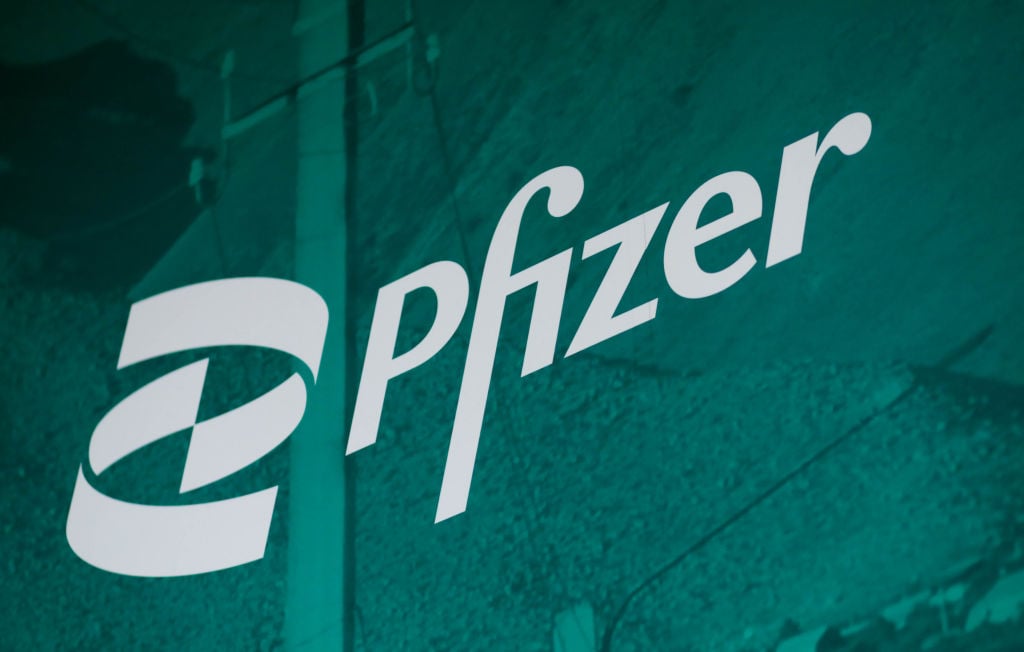This has been a strange year for Pfizer Inc. (PFE 0.59%) and Gilead Sciences, Inc. (GILD +2.46%), and investors are right to wonder which stock makes more sense at the moment. Pfizer practically wrote the book on big acquisitions but has recently shifted gears to focus on its own new drug candidates, as its longtime CEO waves goodbye.
Pfizer's moves don't seem nearly as odd as Gilead Sciences' recent decision to sell cheap generic versions of its own branded drugs. The whole pharmaceutical industry hasn't gone crazy, but it's a good time to stack these drugmaker stocks side by side to see which is the better buy right now.

Image source: Getty Images.
The case for Gilead Sciences, Inc.
This company's next-generation antiviral treatments were the first to cure just about anyone with the hepatitis C virus (HCV), but competition with AbbVie has pushed prices so low that Gilead recently launched generic versions of its drugs at discounts around 70% of their initial list prices.
Gilead hasn't gone crazy -- it's already cutting discounts and rebates to insurers that probably make the net price it receives from branded versions roughly in line with the price on its generic versions. Since patient co-pays are usually based on a drug's list price, the availability of a generic version at a price more patients can actually afford could stop the HCV segment's decline.
In the second quarter, HCV sales plummeted to just $1 billion from $2.9 billion a year earlier because AbbVie fielded a new drug, Mavyret, and priced it to compete. Now that Mavyret has to contend with Gilead's generic HCV treatments, though, the losses should finally stop. That gives the company's recently launched HIV and cancer treatments a fighting chance to move the needle forward again.
Gilead's new HIV pill, Biktarvy, launched this spring and will probably achieve $1 billion in U.S. sales before the year is finished. With European sales just getting started, this treatment could go on to generate more than $5 billion annually at its peak.
Gilead also sports one of the first cellular cancer therapies that train a patient's own immune cells to recognize and attack cancer. Yescarta sales hit an annualized $272 million run rate in the second quarter and could pass the $1 billion mark in a couple of years as more patients gain access to the complex treatment.
Gilead and collaboration partner Galapagos NV recently announced surprising results for a rheumatoid arthritis tablet that could eventually generate several billion in annual sales. Filgotinib still needs to impress regulators, but it recently took a step in the right direction with efficacy results on par with the competition and a superior safety profile so far.

Image source: Getty Images.
The case for Pfizer Inc.
Pfizer Inc. is famous for big deals, but its acquisitive strategy is coming to a close along with the tenure of Ian Read, its CEO since 2010. If you're worried about the company's ability to bring new products to market, though, don't be. At $7.7 billion over the past year, Pfizer spends more on research and development than most of its peers, and the effort is beginning to yield results in the oncology space and beyond.
Pfizer's charge into the oncology space is being led by Ibrance, a breast cancer treatment on pace to generate $4 billion in revenue during its third full year on the market. In the quarters ahead, investors will get to watch several new cancer treatments prove whether they have Ibrance-like potential. Pfizer's Vizimpro recently earned approval to treat newly diagnosed patients with a specific form of lung cancer, and approval decisions for two more new oncology treatments are expected from the Food and Drug Administration (FDA) in 2018.
For patients with acute myeloid leukemia who are too frail to undergo initial chemotherapy at full strength, Pfizer's glasdegib plus standard care reduced their risk of death by 49.9% when added to low-dose chemotherapy on its own. The FDA also is expected to deliver a decision soon that could make talazoparib, a new treatment for breast cancer, an indication that could send around $1 billion in annual sales toward Pfizer's top line within a few years.

Image source: Getty Images.
By the numbers
Although Gilead has raised its dividend payout at a much faster pace than Pfizer in recent years, it looks like Pfizer will deliver more cash to shareholders in the years ahead. Analysts following Pfizer expect the company's bottom line to grow by around 7.5% annually over the next five years, while Gilead's profits are expected to slide backward.
| Company | Three-Year Dividend Growth Rate | Dividend Yield | Cash Dividend Payout Ratio |
|---|---|---|---|
| Pfizer | 21.4% | 3.1% | 34% |
| Gilead Sciences | 32.6% | 2.9% | 51% |
Data source: Yahoo! Finance.
Both companies generate enough free cash flow now to make big dividend increases, but that won't be the case for Gilead much longer if it can't get the needle moving in the right direction again. With dividend payouts at just 34% of free cash flow over the past year and expectations of significant growth ahead, Pfizer should be able to make some big payout increases over the next several years.
Gilead's programs in non-alcoholic steatohepatitis, or NASH, and its attempt to develop off-the-shelf cellular cancer therapies could change the way I feel about Gilead's outlook in the quarters ahead. At the moment, though, Pfizer looks like the better stock to buy.







